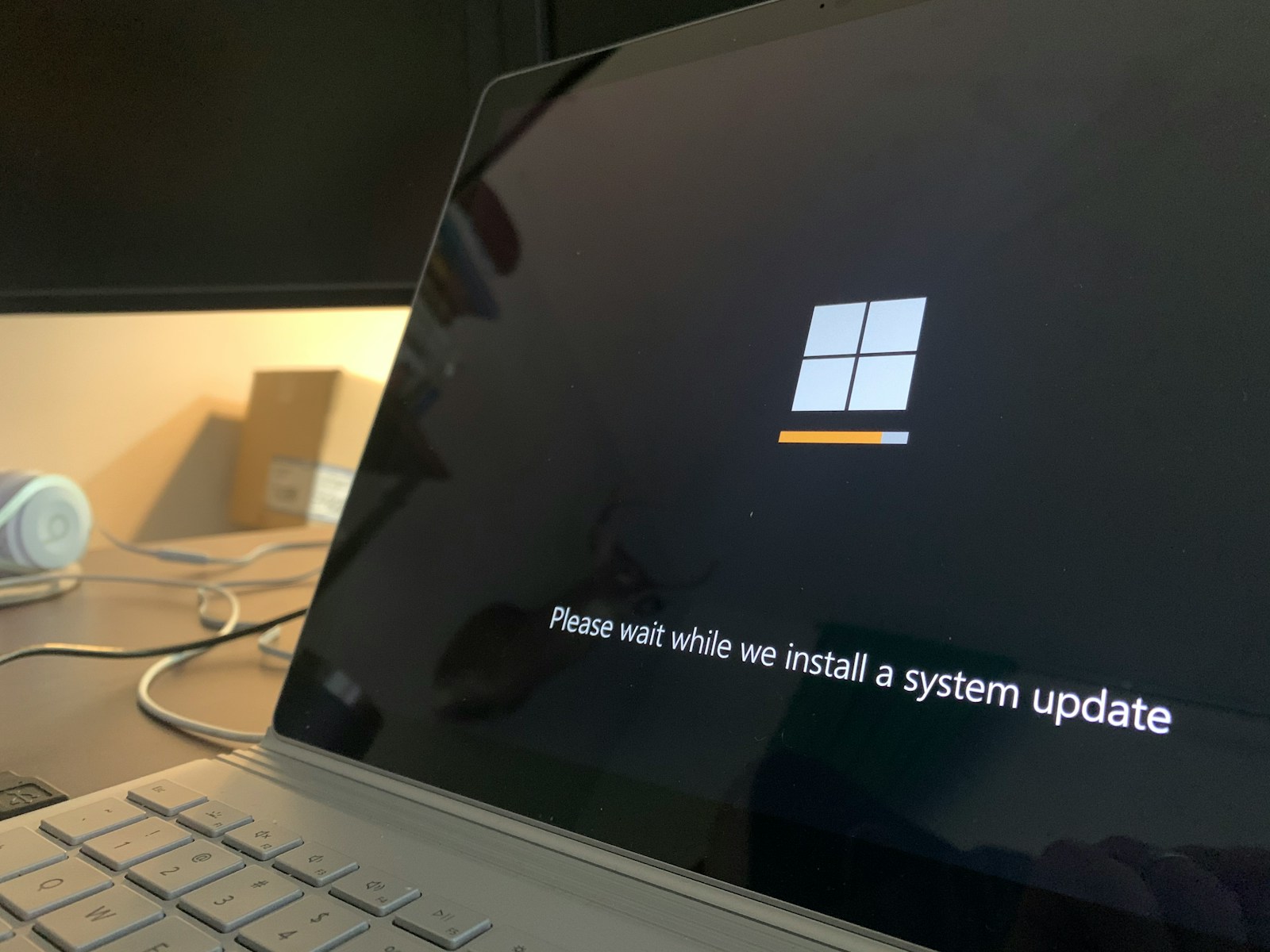As Windows 10 support nears its end, Microsoft encourages users to transition to Windows 11 for enhanced security and performance.
Key Points at a Glance
- End of Support: Windows 10 will cease receiving security updates after October 2025.
- Upgrade Recommendation: Microsoft advises upgrading to Windows 11 for continued support and access to new features.
- Hardware Considerations: Older PCs may not meet Windows 11 requirements, necessitating hardware upgrades or new purchases.
In a recent announcement, Microsoft emphasized the importance of upgrading from Windows 10 to Windows 11, highlighting the impending end of support for the former. Yusuf Mehdi, Microsoft’s Chief Marketing Officer, referred to 2025 as “the year of the Windows 11 PC refresh,” aligning with the company’s plans to discontinue security updates for Windows 10 in October of that year.
The cessation of updates means that Windows 10 systems will become increasingly vulnerable to security threats over time. To mitigate these risks, Microsoft is urging users to transition to Windows 11, which offers enhanced security features, improved performance, and support for the latest hardware advancements.
However, not all existing PCs are compatible with Windows 11. The operating system has specific hardware requirements, including a compatible 64-bit processor, 4 GB of RAM, and TPM version 2.0, among others. Users with older machines may find that their devices do not meet these criteria, necessitating either hardware upgrades or the purchase of new PCs designed to support Windows 11.
For those who choose to remain on Windows 10 beyond October 2025, Microsoft offers an Extended Security Update (ESU) program. This program provides additional security updates for a fee—$30 for individual users for one year, with escalating costs for subsequent years. Organizations can extend support for up to three years, with pricing varying based on the number of users.
It’s noteworthy that Windows 10 still accounts for a significant portion of Windows usage worldwide. Data from sources like Statcounter and the Steam Hardware Survey indicate that between 50% to 66% of Windows users are still on Windows 10. Microsoft’s push for upgrades aims to ensure that this substantial user base transitions to a more secure and up-to-date operating system.
In summary, with the end of Windows 10 support on the horizon, Microsoft is actively encouraging users to upgrade to Windows 11. This transition is essential for maintaining system security, accessing new features, and ensuring compatibility with modern hardware and software developments.
